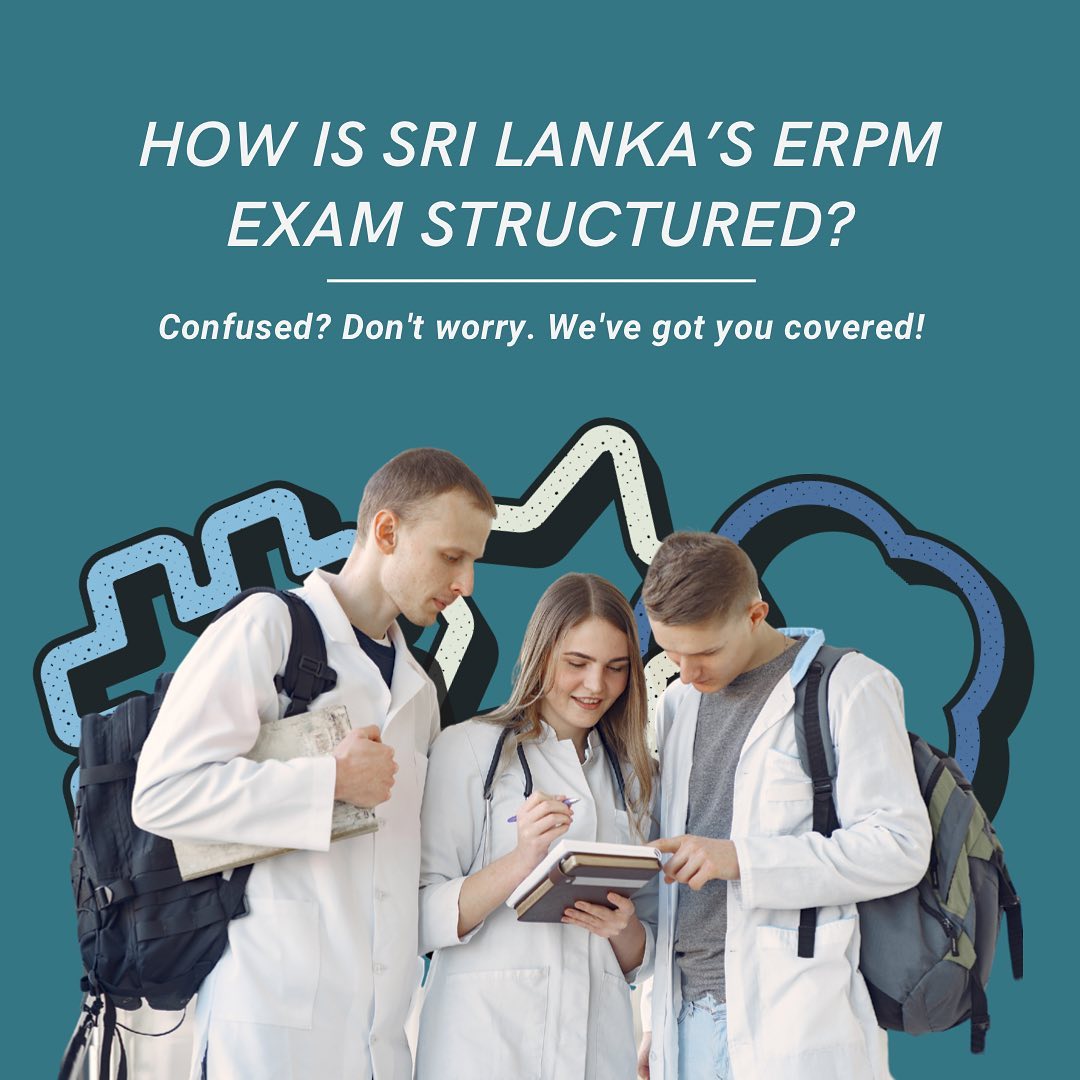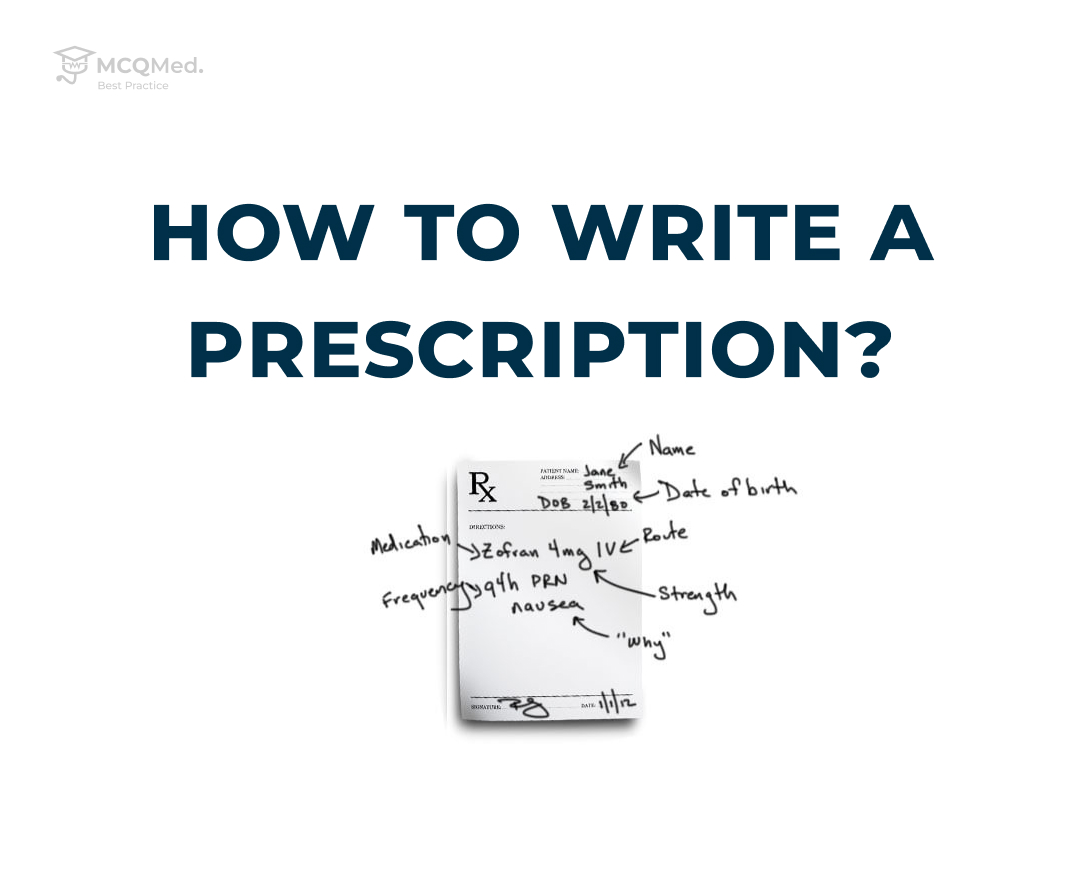
After doing an intensive MBBS or equivalent from a foreign medical school, you probably couldn’t wait to fly over to Sri Lanka, and start treating whomsoever, is ailing-physically or mentally.
Right?
Well, you’re going to have to stay buckled down a little longer, because there’s an important examination called ERPM that you’ll have to write.
Sweating. Difficult breathing. Racing heart.
You’re probably feeling all this and more. Guess what I tell potential ERPM candidates?
RELAX.
Along with proper preparation and a winning mindset, anything can be achieved.
Examination for Registration to Practice Medicine in Sri Lanka (ERPM)

The ERPM Exam is a compulsory Examination for Registration to Practice Medicine in Sri Lanka (ERPM). The reason behind the ERPM is to assess;
-
- Whether a candidate can approach medical practice with the appropriate intellectual skills of enquiry, clinical reasoning, critical thinking and decision making.
- Has the base understanding of primary and clinical sciences, and a grasp of the underlying principles of the scientific method and the capability to produce a distinctive prognosis, and justify an appropriate treatment plan for patients sick with common clinical ailments.
Requirements to Obtain Examination Approval
Firstly, visit the SLMC (Sri Lankan Medical Council) in person, to find out if your university is recognized in Sri Lanka, it is better to carry out this procedure in person as the list bearing the names of recognized Institutes is continuously edited.
To get your degree approved, you may need the following:
- Completed application form (obtained from the SLMC)
- Bank Payment slip
- Degree Certificate and copy (Translation and copy if applicable)
- Mark/Grade sheet and copy
- 2 Stamp size pictures
- O/L and A/L certificates with copies
- Passport and suitable copies
There are four parts: Parts A, B, C and D
- ERPM Part A: Theory component containing True/False type questions, Multiple Choice Questions and Single Best Answer Questions centered on the subjects of Medicine with Psychiatry, Paediatrics with Psychiatry, Surgery, Obstetrics and Gynaecology.
- ERPM Part B: An interactive test in clinical/practical problems in the subjects Medicine, Paediatrics, Surgery and Obstetrics and Gynaecology.
- ERPM Part C: An Oral examination on Emergency Medicine in the topics of Medicine, Paediatrics, Surgery, Obstetrics and Gynaecology.
- ERPM Part D: The theory component containing True/False type multiple choice questions in the theoretical and practical aspects of Community Medicine and Forensic Medicine.

- The detailed curriculum for each of these subjects and sample questions are available on the website of the SLMC at www.slmc.gov.lk and www.srilankamedicalcouncil.org
- The examination will be conducted in English. Interaction with examiners will be in English. Interaction with patients however may be in Sinhala or Tamil or English. Interpreters or translators will not be provided. However if any candidate has difficulties in communicating with the patients due to language barriers the examiners may make suitable arrangements to facilitate history taking etc.
- The ERPM (Part A and Part D) will be conducted in paper format as at present or in the future after due notice in electronic or other format.








